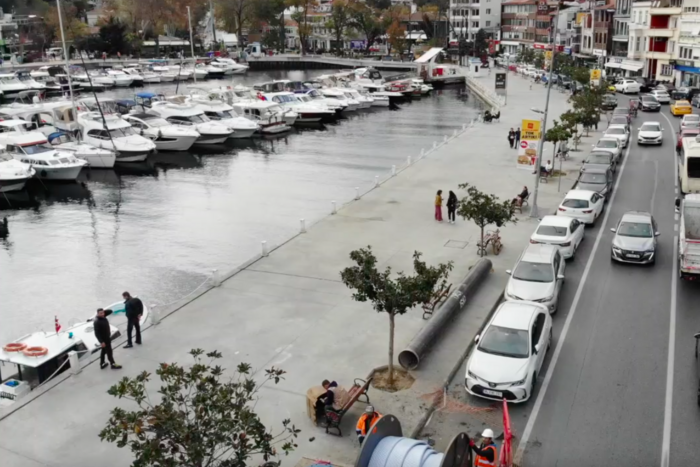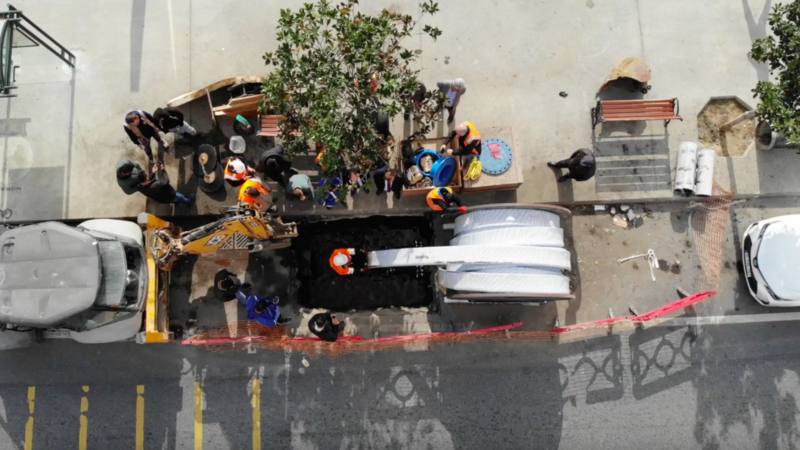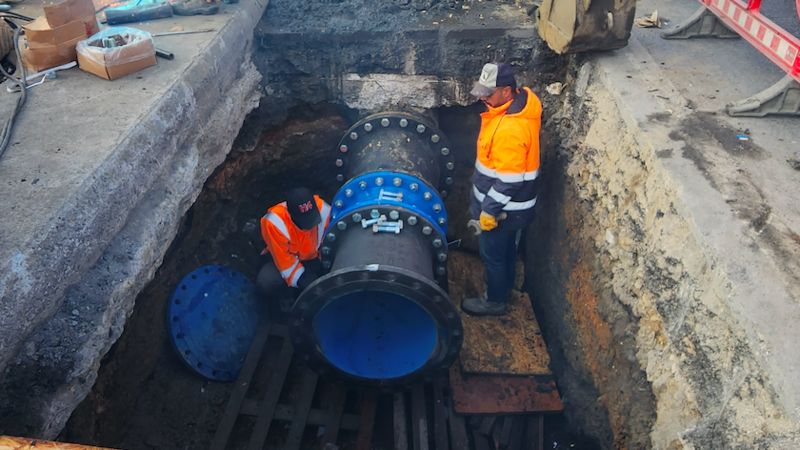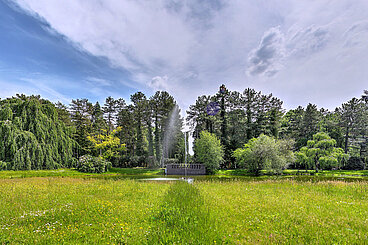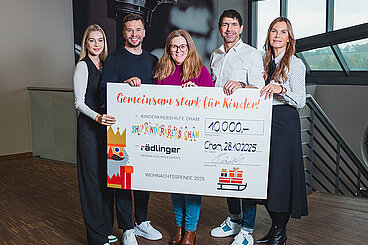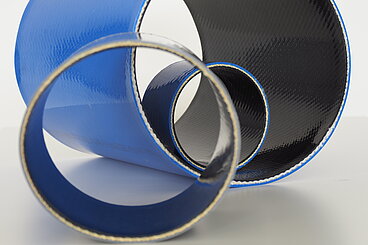Tarabya is a historic district of Istanbul with about 18,000 inhabitants at the European shoreline of the Bosporus strait. It is famous for a residential area with wooden houses, hotels, restaurants and its yacht marina – a touristic hotspot.
A pipeline operated by the Istanbul Water and Sewage Administration (ISKI) supplies the district with potable water. This pipeline DN 500 made of carbon steel showed leaks and led to an increasing number of failures resulting in repeated interruptions – a nuisance for residents and business people. Therefore, the network operator decided to solve the problem. The pipeline passes through the Bosporus along the marina in this prestigious area with heavy traffic and numerous visitors. Given these conditions, the renovation of the defective 240-metre long pipeline section with conventional methods was ruled out right from the start. Furthermore, the installation time frame for the rehabilitation project was very tight after the last disruption. So the network operator opted for a trenchless rehabilitation with the Primus Line® technology. Primus Line installation partner Suka Çevre Teknolojileri had the liner required on stock so that the rehabilitation could start quite immediately.
Access to the pipeline was provided via an existing manhole on one side of the pipeline route which reduced the number of further necessary excavation pits to one. Before starting to install the liner, the existing host pipe was drained and Suka inspected it with a CCTV camera before cleaning. Primus Line’s long-term installation partner took special attention to cleaning since carbon steel host pipes may contain protrusions. Insertion and inflation of the flexible, multi-layered and aramid-reinforced high-pressure liner followed. Subsequently, Suka fitters equipped the liner with appropriate connectors and reintegrated the rehabilitated pipeline into the network.
The project included just one single section. During the rehabilitation activities, drinking water supply of the area was maintained by other pipelines so that there were no interruptions. Traffic and everyday life could go on unhindered. All in all, the overall project had as minimal impact on environment and people as possible.
